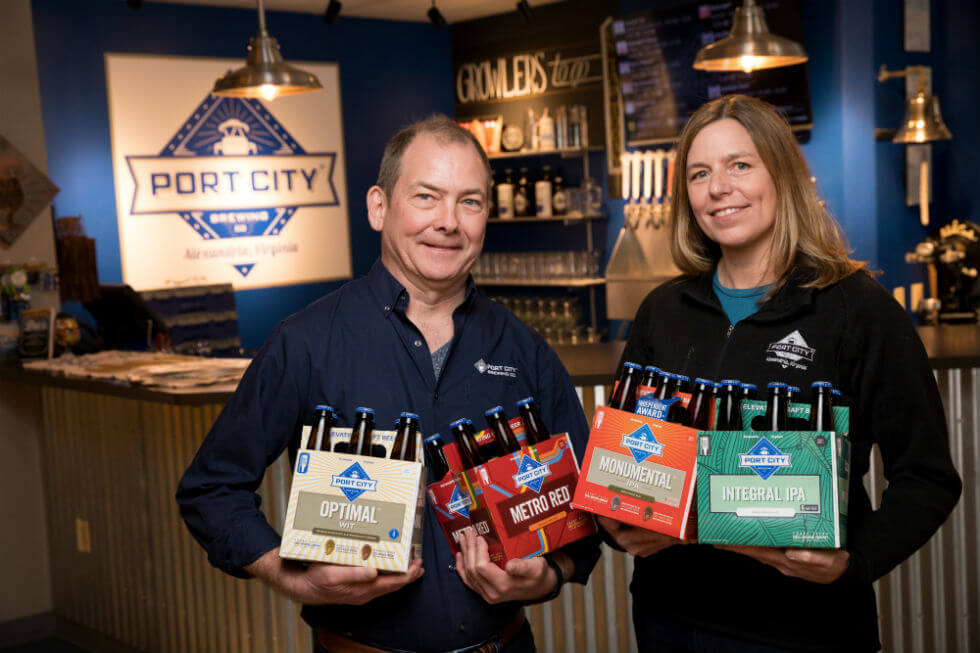
Brewing the brand
Food and beverage trends are often fleeting, but over the past decade one has remained; with hundreds of new breweries opening each year, it’s clear that craft beer in America is here to stay. And while the choices for beer lovers have never been more abundant, this presents challenges to those who are trying to compete and innovate in a crowded marketplace. For one brewery, leveraging their intellectual property has become as important to success as quality and taste.
7 min read
Each month, our Journeys of Innovation series tells the stories of inventors or entrepreneurs who have made a positive difference in the world. This month, Alex Camarota's story focuses on Bill and Karen Butcher, owners and operators of Port City Brewing who are using intellectual property to protect and promote their business.
Do you know an innovator or entrepreneur with an interesting story?
“It’s been said that the next scarce resource in craft beer is trademarks,” says Bill Butcher who, along with his wife, Karen, owns and operates Port City® Brewing Company in Alexandria, Virginia. “Everybody likes to have a clever name for their beers, and it seems that as craft beer has gotten more popular, all the good ones have been taken.”
Established in 2011 as the first packaging brewery in the Washington, D.C., area since Prohibition, Port City opened with four tanks. Growing an average of 25 percent each year, their current capacity of 13 tanks produces 18,000 barrels of beer a year.
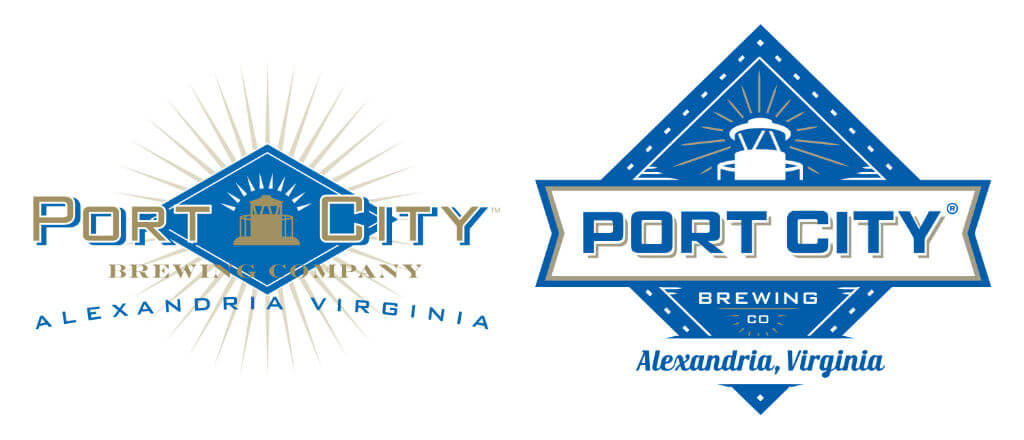
Top image: In the taproom, Port City® Brewing Company founders Bill and Karen Butcher hold six packs of beer featuring their registered trademarks. (Photo by Jay Premack/USPTO) Above image: Port City’s logo incorporating its registered trademark has evolved over the years with the first iteration in 2010 and second in 2014. (Courtesy of Port City Brewing)
While up to 90 percent of Port City’s business is in the Washington metro area, they are sensitive to protecting their brand nationally and worldwide. Various ratings apps, trade magazines, and enthusiastic consumers seeking out regional offerings across the country make it critical for names of individual beers to stay unique to the brewery that makes them.
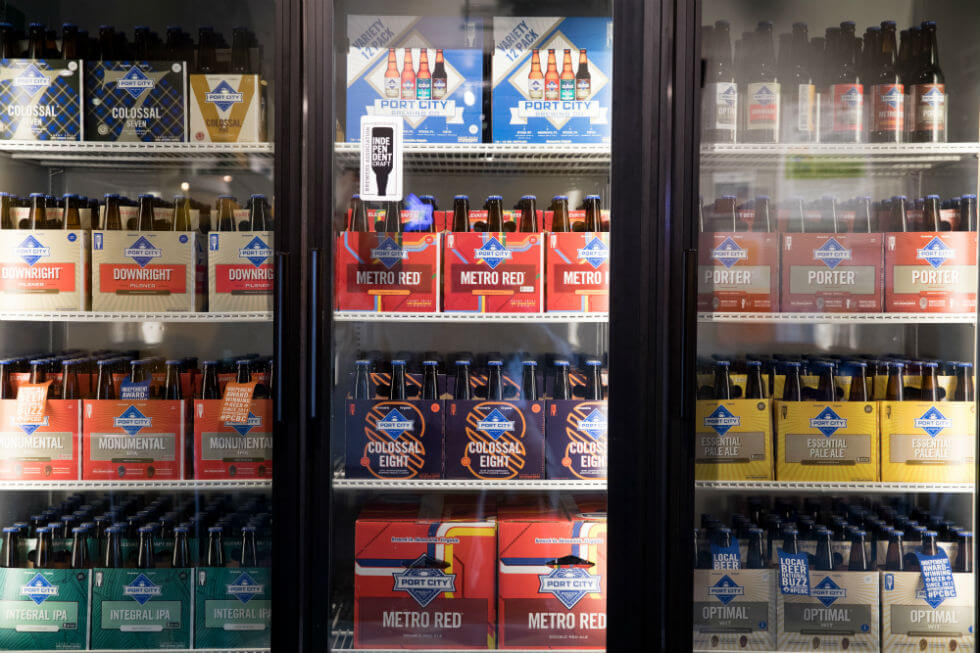
Examples of the Port City® registered trademark on the clean and contrasting packaging the brewery has developed to make their brand stand out. (Photos by Jay Premack/USPTO)
“There’s a lot of ways in the industry that there could be confusion even if your brewery is in a different location,” says Karen.
Choosing a name for a new beer at Port City is always a momentous occasion. “Our strategy at the beginning was to try and have words that evoke a feeling or a state of mind,” says Bill.
“There’s an ongoing conversation between production, between marketing and the sales team and even with our wholesaler. We test out names and toss things about with our customers to try to figure out the way forward.”
Optimal®, Port City’s witbier (a Belgian-style wheat beer) and most popular seller, is a prime example of their strategy. “We think it’s distinctive, and [the name] is evocative of an ideal state.”
Port City had another advantage that positioned them to leverage intellectual property (IP) from the start: Karen is a practicing trademark attorney.
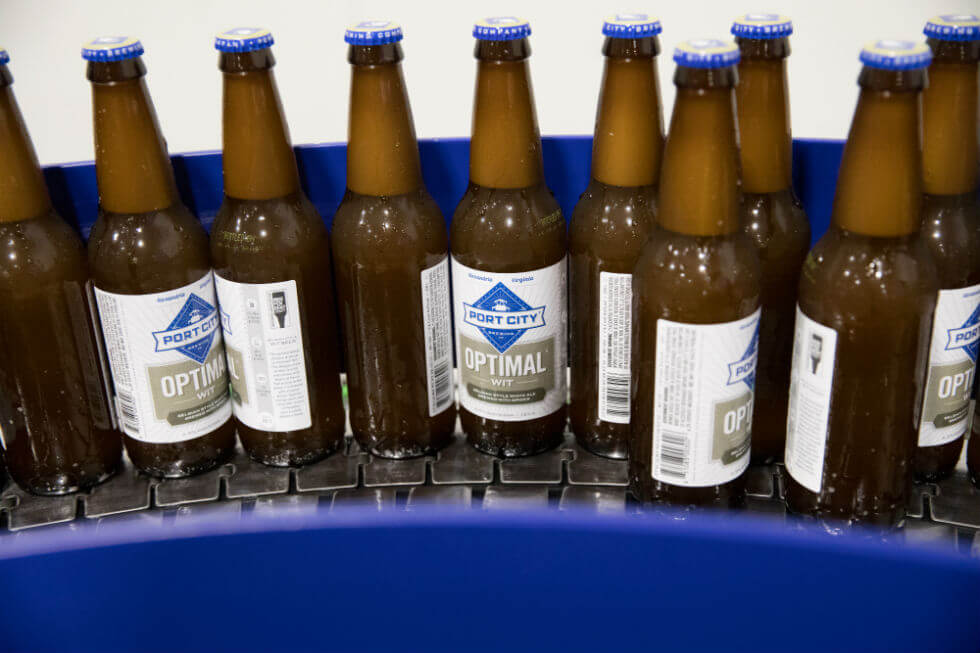
Bottles of Optimal® Wit, Port City’s most popular seller, make up more than 40 percent of total annual sales. (Photos by Jay Premack/USPTO)
“I come to it as a lawyer, but a lot of what I’m doing is trying to make sure that our strategy is so simple that we don’t have to spend a lot of cost on legal work,” she says.
Along with trademarks, Port City deploys other types of IP rights to ensure their brand is known for quality in the marketplace, including patenting a process that overcomes a prevalent brewing problem.
Oxygen is a double-edged sword for brewers; during fermentation, it is essential for yeast to develop healthy cell walls and propagate, but after that is complete, oxidization harms flavor and causes the beer to deteriorate quickly. Hoppy beers in particular do not like oxygen, and with the common technique of adding more hops to beer days or weeks after primary fermentation ends (known as “dry hopping”), many breweries have struggled to minimize contamination of air.
Port City’s head brewer, Jonathan Reeves, developed the Hopzooka® to inject hops into finished beer without introducing oxygen. The system uses carbon dioxide to purge air and pressurize a vessel of hops before literally shooting them into the fermentation tank. The result is a brighter hops flavor that stays fresher longer.
Port City received U.S. patent no. 9,303,241 for an “Apparatus, system and method for adding hops or other ingredients to beverage.” Reeves is the sole inventor on the patent.
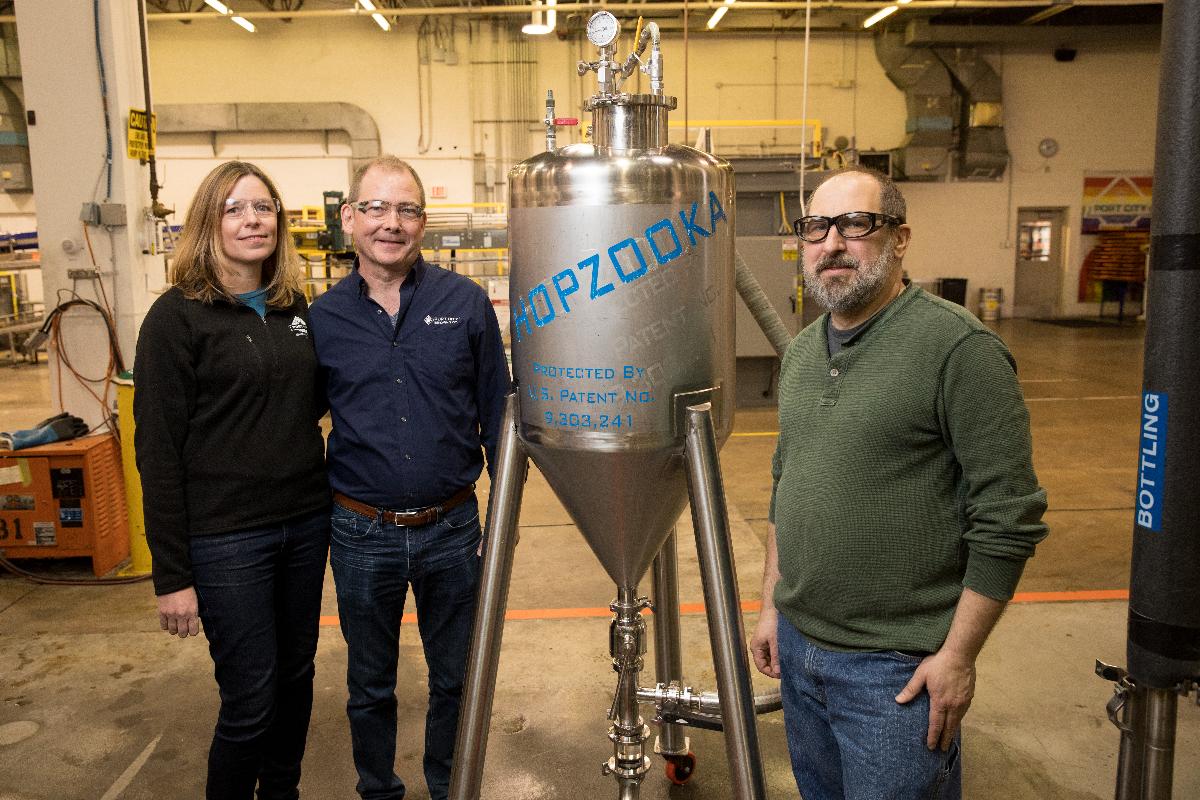
Karen and Bill Butcher stand next to the patented Hopzooka®, invented by Head Brewer Jonathan Reeves, at right.
(Photos by Jay Premack/USPTO)
According to Karen, “The strategy of patenting the Hopzooka wasn’t to make money necessarily. It was a recognition of the level of innovation that it brought.” Nevertheless, it is an important tool in the brewery’s marketing strategy. The name itself is a registered trademark and branded with an iconic label, which is placed on packaging to alert customers they’re drinking beer that has undergone a quality improvement process.
To capitalize the Hopzooka’s marketing potential, Port City’s salespeople educate restaurants, bars, and retailers about the device and how it contributes to quality, which their patrons will eventually recognize and associate with the Port City brand. In this way, Hopzooka® melds both trademarks and patents in a potent IP strategy unique within the brewing industry.

Logo used on packaging for beers brewed with the Hopzooka®, Port City’s patented mechanism for adding intense hops flavor to fermented beer. (Courtesy of Port City Brewing)
Though the Hopzooka is patent-protected, Port City offers a no-cost license to any brewery wanting to use the process to improve their own beer, so long as their packaging or signage attributes ownership of the process to Port City.
“If there’s better quality beer in the marketplace, that’s good for everybody,” says Bill.
Beyond trademarks and patents, Port City also leverages a third kind of intellectual property; trade secrets protect the recipes for their different beers, which employees agree to keep confidential. Trade secret protection does not require a formal application process with a government entity, making them “a simple step that everybody can take when they're starting out,” says Karen.
Even as finding distinctive, unregistered names for individual craft beers become more difficult, Bill stresses that collaboration and cooperation are the defining traits of the business. “I think it’s one of the things that sets it apart and makes our industry fun. We’re not trying to crush our competition.”
And while Karen points out that some trademark disputes have arisen between other breweries, “Everyone has the same goal of creating great craft beer.” In the few instances where Port City has had to contact another brewery about trademark issues, “typically we've resolved them through just business-to-business discussions.”
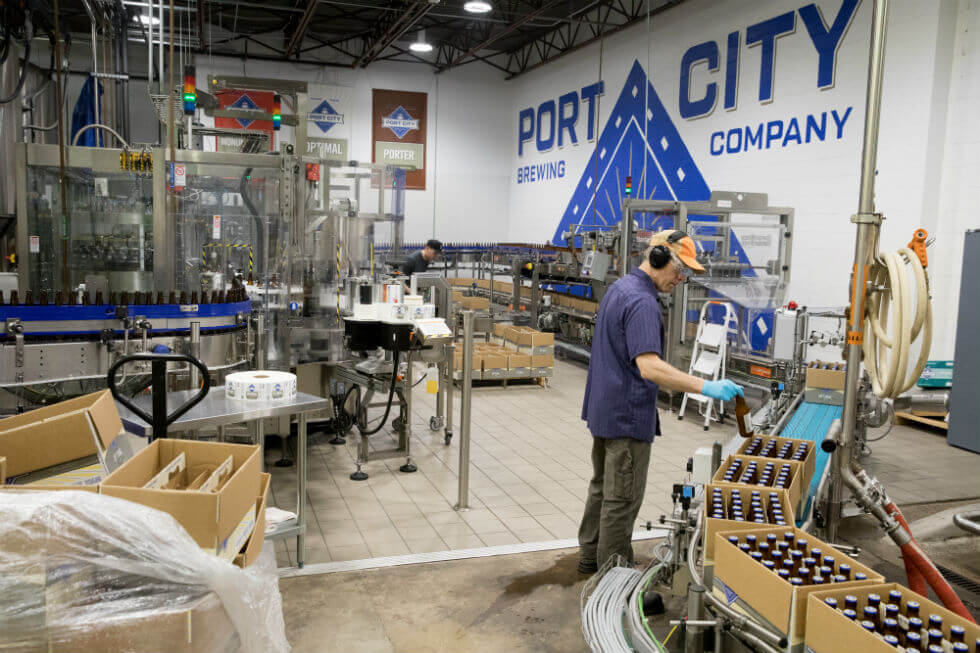
Production Technician and Bottling Line Operator Pete Wheeler inspects bottles of Optimal® Wit as they come off the bottling line.
(Photo by Jay Premack/USPTO)
With new breweries opening every day across the country, the Butchers offer some advice for anyone thinking about starting one: “Plan for success and act as if your brand names are going to have value in the future,” says Bill. “Treat your intellectual property accordingly and give it the due process to make sure that when you become successful, your IP is protected.”
Karen adds that it pays to hire an IP professional in the beginning. “You can spend a little money up front getting yourself in a good position, and that tends to save you a lot more money later.”
In the vibrant marketplace that has sprung up around craft beer, breweries like Port City are establishing innovative IP strategies and helping improve not only the quality of their product, but the overall strength of the industry.
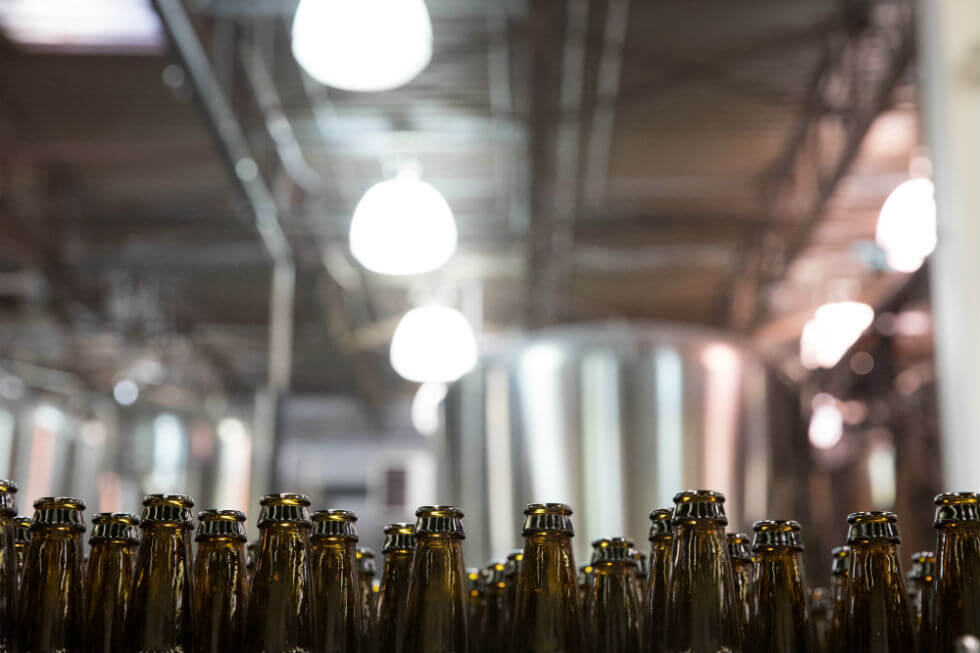
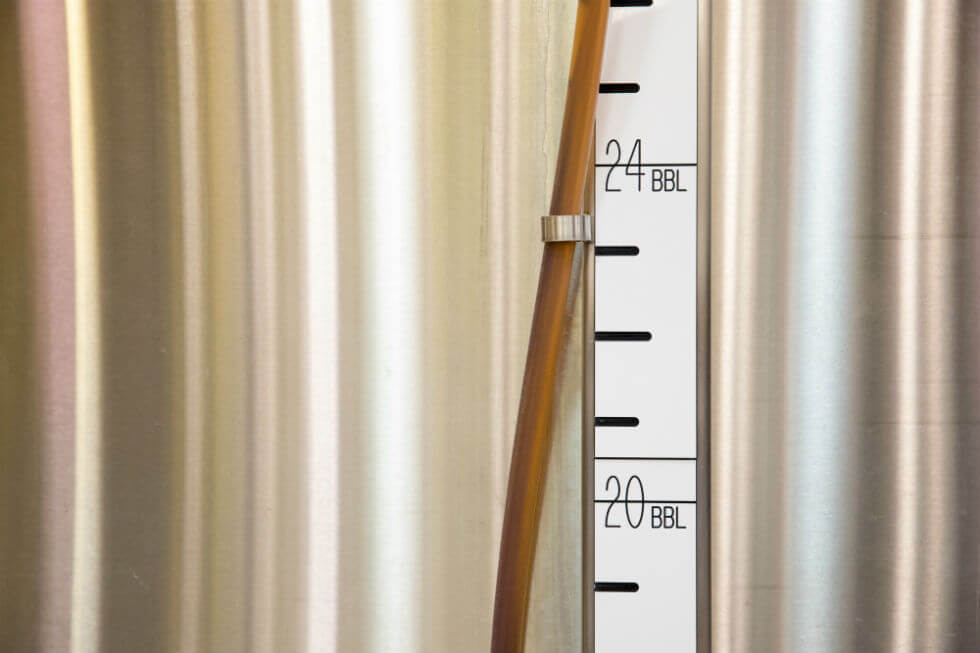
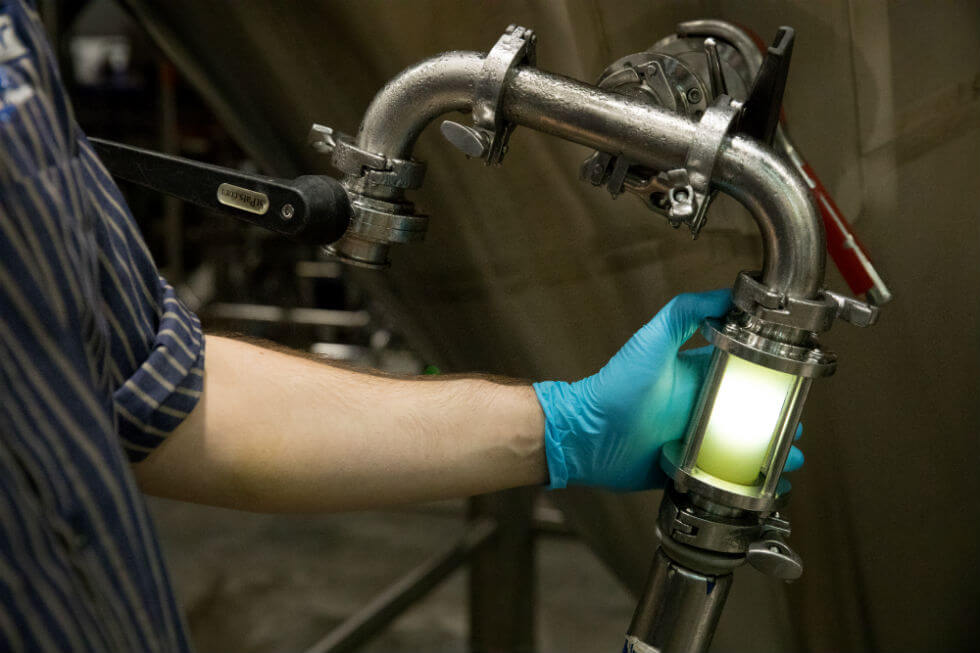

Images of brewing: Empty bottles await filling and packaging; volume measures on a fermentation tank; a brewer checks the clarity of finished beer from fermentation vessel to bright tank; pressurized lines crisscross a drain trench. (Photos by Jay Premack/USPTO)



